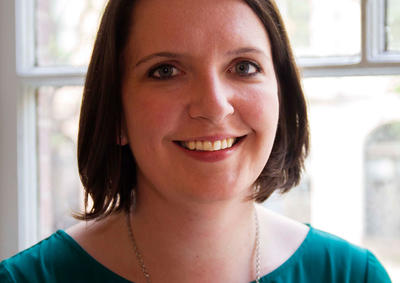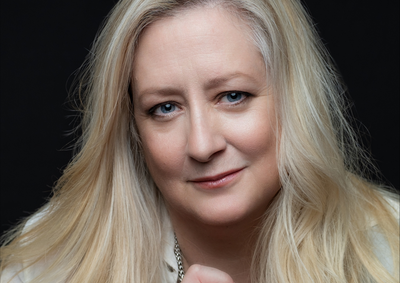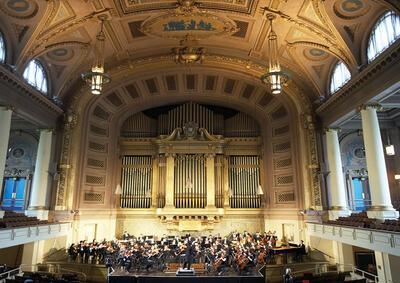Program notes offer insight into Yale Philharmonia's Oct. 25 concert repertoire
By Rachel Glodo
On Friday, Oct. 25, guest conductor Ludovic Morlot will lead the Yale Philharmonia in a performance of Debussy’s Prélude à L'après-midi d'un faune, Szymanowski’s First Violin Concerto, with Woolsey Hall Concerto Competition winner Jung Eun Kang, and Prokofiev’s Fifth Symphony.
Here are the program notes that we’ll share with concertgoers and audiences watching online.
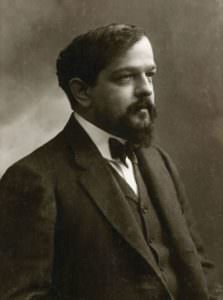
Debussy’s Prélude à L'après-midi d'un faune
The plot of Stéphane Mallarmé’s symbolist poem L’Aprés-midi d’un faune (The Afternoon of a Faun) cannot be called action-packed: “Faun awakens. Faun recounts seeing two nymphs. It may or may not have been all a dream.” The poem (translated in part below) is a series of indefinite but connected images that evoke the sensual pastoralism of Greek mythology:
These nymphs I would make last.
So rare
Their rose lightness arches in the air,
Torpid with tufted sleep.
I loved: a dream?
This was precisely the nebulous imagery that most appealed to Claude Debussy, who met Mallarmé in Paris’ salon scene in the 1880s. Like Mallarmé’s work, Debussy’s symphonic poem does not express a clear programmatic narrative. Instead, it uses orchestral and chromatic color to paint contours, suggest hazy images, and invite the listener to join the faun’s dreamworld. Debussy’s faun awakens to a sinuous flute melody, which returns throughout the piece like the nymphs’ elusive forms glimpsed through the trees.
While Debussy’s Prélude was generally well-received at its 1894 premiere, it was not until 1912 that it entered a different type of mythology. Presented by the Ballets Russes with dancer and choreographer Vaslav Nijinsky in the title role, the ballet shocked (and delighted) Parisian audiences: Nijinsky’s faun ended his afternoon with an intimate, luxurious orgasm.
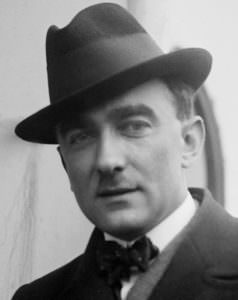
Szymanowski’s Violin Concerto No. 1, Op. 35
For 19th century listeners, a “concerto” meant a composition for a solo instrument and orchestra that highlighted the soloist’s virtuosity and artistry. It typically unfolded in three movements, each movement with its own prototypical patterns. This was, after all, what made concertos fun: everyone knew the “rules,” and it was exciting to see how a composer would play with and bend these rules.
The early 20th century saw rules bent to a breaking point. Established norms—from concert attire to musical forms—were challenged and refashioned. Szymanowski’s First Violin Concerto (1916) exemplifies this tension. For example, the concerto is through-composed—that is, it is presented as a single movement. While there are five identifiable sections, one proceeds after another with a restless energy, without pause. Szymanowski’s musical language fuses 19th century “Romantic” elements—cantabile violin melodies, a lush orchestral palette, and impassioned melodic sighs—with the traumas of the new century: jagged, sometimes wandering solo lines, anxious flutters from the woodwinds, and above all, perhaps, the final ambiguous whispers of the violin. Wistful and ironic, the concerto’s conclusion is reminiscent of T.S. Eliot’s famous line: “This is the way the world ends, not with a bang but with a whimper” (1925).
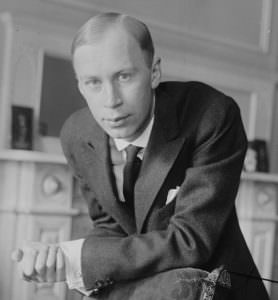
Prokofiev’s Symphony No. 5 in B-flat major, Op. 100
Like many well-known artists, Prokofiev was shuffled around the Soviet Union during the war years, spending time in the northern Caucasus, Tbilisi (Georgia), Alma-Ata (Almaty, Kazakhstan), and Perm (in the Urals) before returning to Moscow in 1943. Though the Second World War still raged, the tide had turned for the Allied forces. In the summer of 1944, Prokofiev departed war-time Moscow for the state-sponsored “Composer’s House” in rural Ivanovo. Despite the temptation of pastoral beauty and a cohort of fellow composers—including Shostakovich, Khachaturian, and Kabalevsky—Prokofiev maintained a disciplined schedule and produced the piano score of his Fifth Symphony in a single month. (Khachaturian recalled, "The regularity with which he worked amazed us all!")
The result is a symphonic journey that is simultaneously expansive and tightly designed, suggesting both the shared and private experiences of nations at war. As Prokofiev told Time magazine, a little dryly perhaps, his symphony was “about the spirit of man, his soul or something like that.” Prokofiev conducted the premiere in Moscow on January 13, 1945. As the composer raised his baton, the audience heard a celebratory artillery volley: the Red Army had begun the Vistula-Oder Offensive in Poland, Nazi forces were being pushed westward, and victory was only nine months off.
Rachel Glodo is the Assistant to the Associate Dean at the Yale School of Music. She has a bachelor of arts degree from Yale University and a master of music degree in musicology from Northwestern University.

